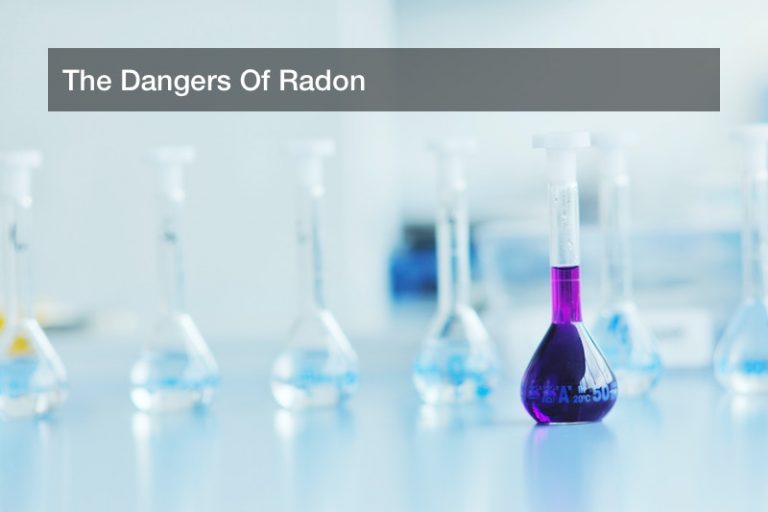
When it comes to radon, one can never be too cautious. However, unfortunately, many home owners do not know much about radon – or the risks that being around it entail. But radon, a colorless, odor-less gas, can lead to a great deal of tragedy indeed, especially when there is long term exposure to it. Take, for instance, the fact that radon can lead to lung cancer. As a matter of fact, lung cancer as a result of radon exposure actually leads to as many as 20,000 deaths in the United States alone – and that’s just over the course of one single year. This means that radon has become one of the top causes of lung cancer in the United States today – second behind tobacco usage alone, according to the U.S. Surgeon General.
And it’s not just the presence of radon, but its concentration as well. As a matter of fact, with each 100 Bq/m of radon in the building, the overall risk of lung cancer increases by as much as a full 16%. And while you might not think that this is an issue in your home, far too many homes have radon levels that meet or even exceed the action level that has been set by the Environmental Protection Agency (or EPA). The data that has been collected on the subject is unfortunately in support of this claim, showing that for every 15 homes, at least one will have radon levels meeting or exceeding these levels. And in some parts of the country, the problem is even worse. In up to seven different states – and on three separate Native American reservations – up to one third of all homes have radon levels that are considered to be dangerous.
And that’s a problem indeed. After all, living in a home will just 4 pCi/l of radon is actually equatable to standing at the fence for a nuclear waste site. In fact, it’s worse – 35 times worse. Ultimately, it makes sense that living in such a home would be hugely detrimental to one’s health, especially if you lived in that home for a considerable period of time without making any changes to the radon levels in your home. But what, exactly, can you do about it?
First of all, hiring a radon testing and inspection service is a must. Even if you don’t think that your home has a radon problem, getting a radon testing and inspection service done on your home – just to be safe – will only benefit you in the long run. After all, it is far better to be safe than to be sorry in matters such as this. Fortunately, radon testing and inspection services are more commonplace than you might think. There will be at least one radon testing company offering radon testing and inspection services in your area, if not more than just the one.
What kinds of testing will a company providing radon testing and inspection services do? Typically, radon test results will be gathered from one of two types of tests: a short term or a long term radon test. A short term test will be used for no more than 90 days – and sometimes for as little as two days. A long term test, on the other hand, will be used for 90 days or more. The type of test that is used will be determined by the radon testing and inspection service in question.
And if your radon test results come back high, radon mitigation efforts can lower the levels of radon in your home back down to safe levels – and this can be done more easily than you might think. As a matter of fact, even passive methods of mitigation can be critical for reducing overall levels of radiation – sometimes even reducing them by as much as a full 50%! Such methods include radon ventilation fans, which can bring down overall levels of radiation by a considerable amount as well.
At the end of the day, the thought of radon in your home – especially once you know the risks – can be a frightening thing. But there are steps to take to reduce your risk.
